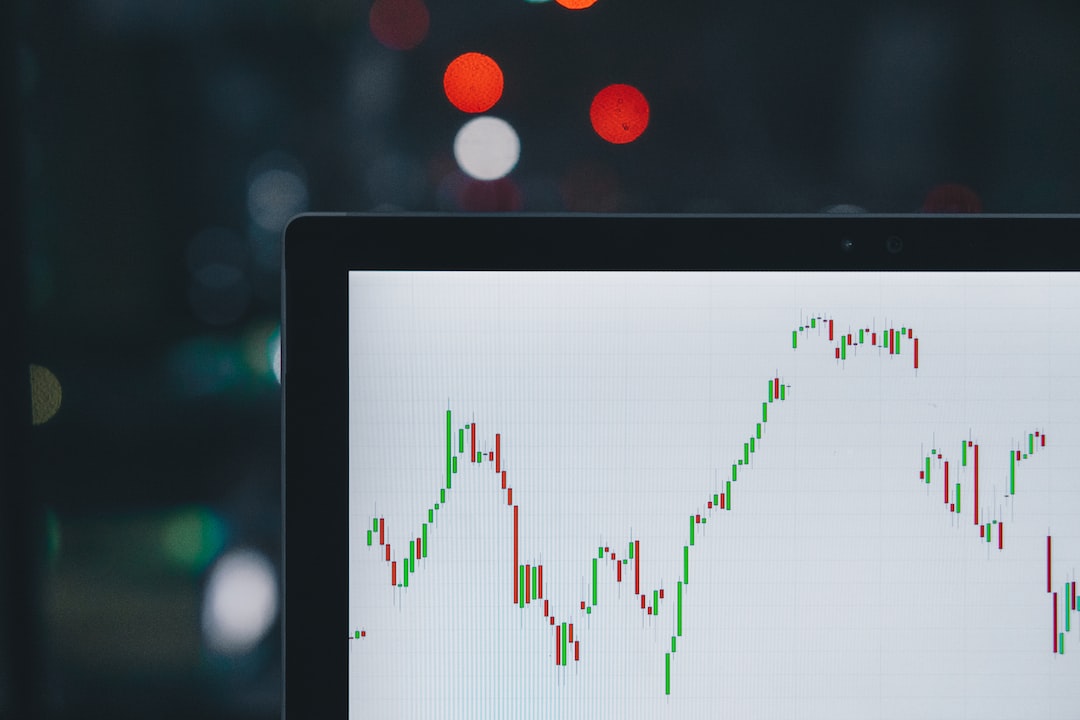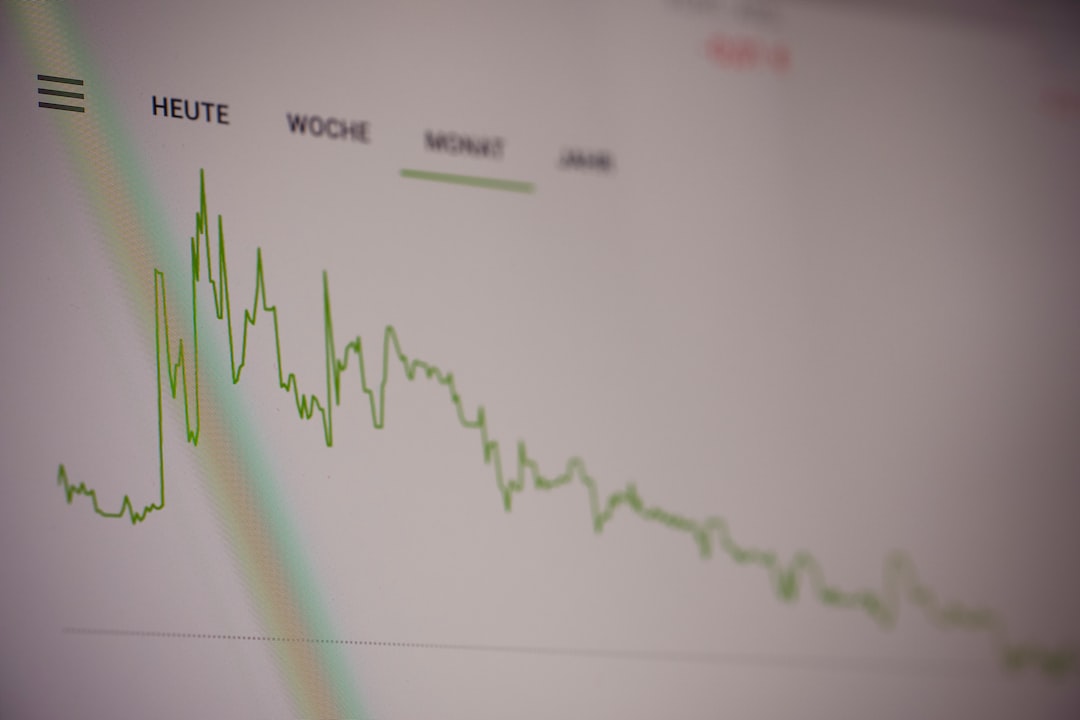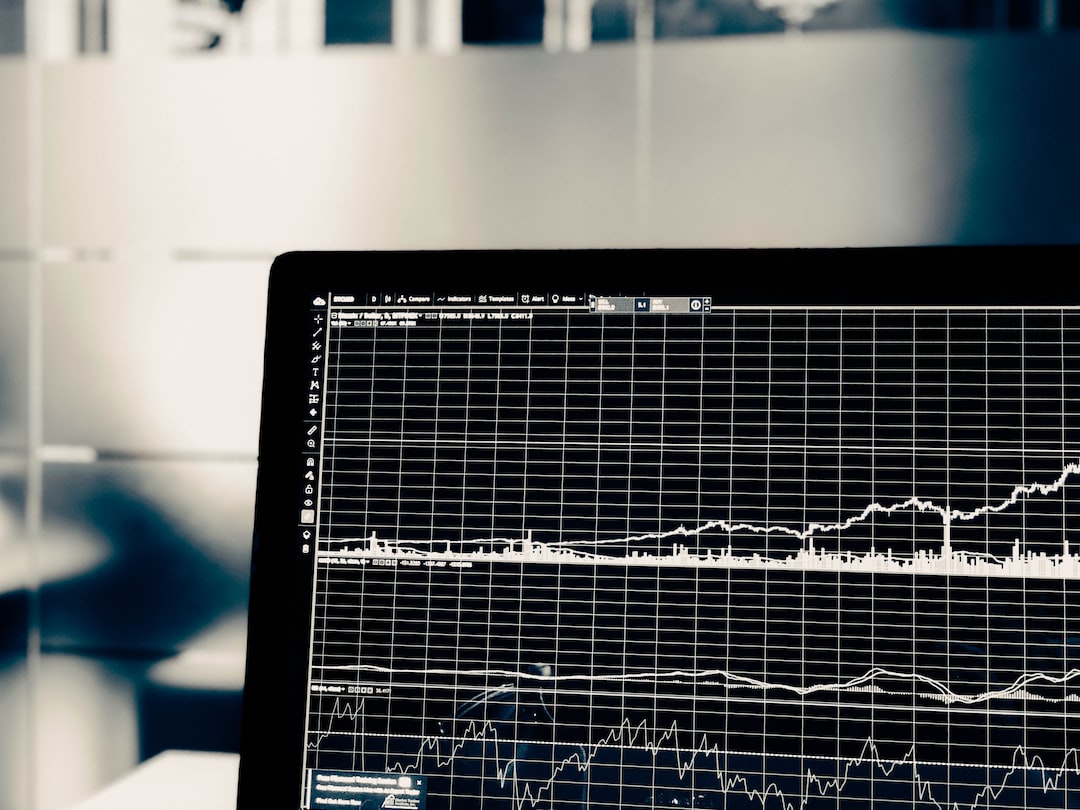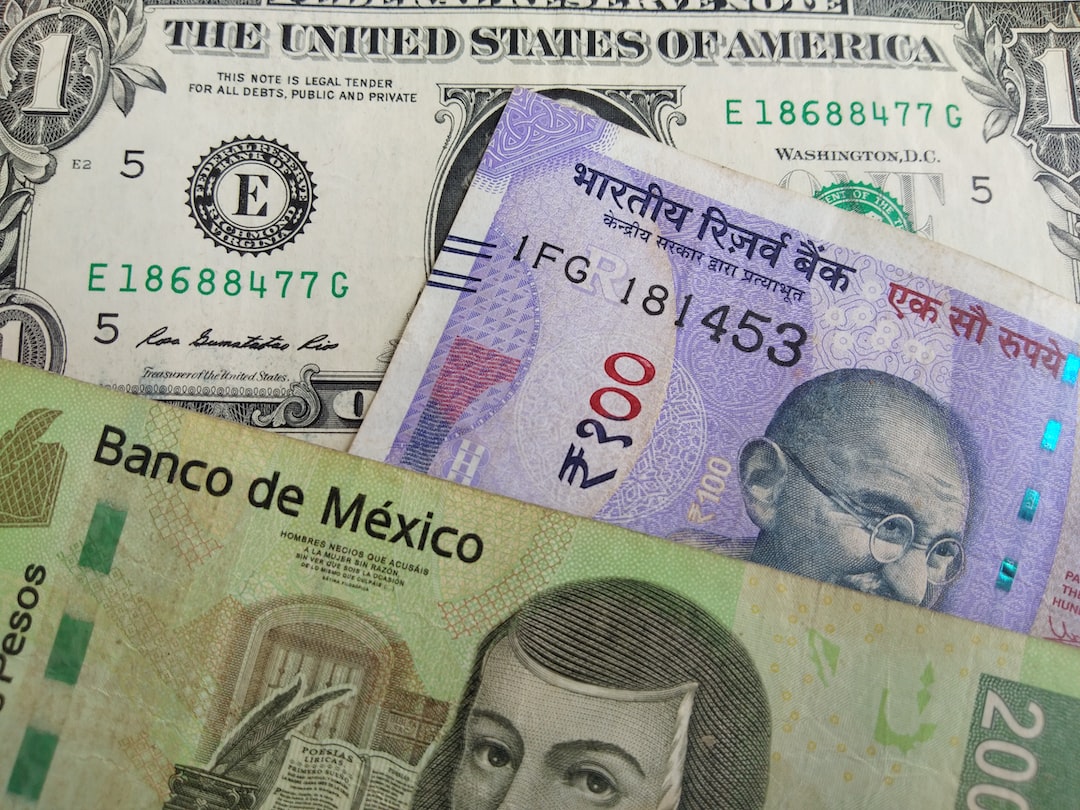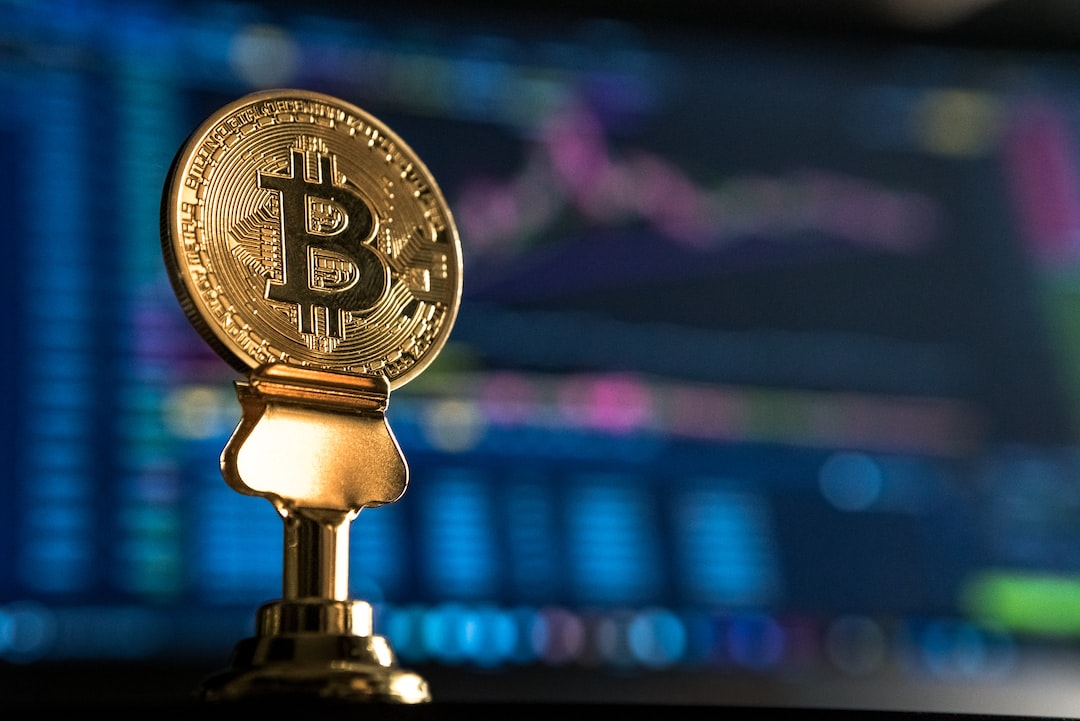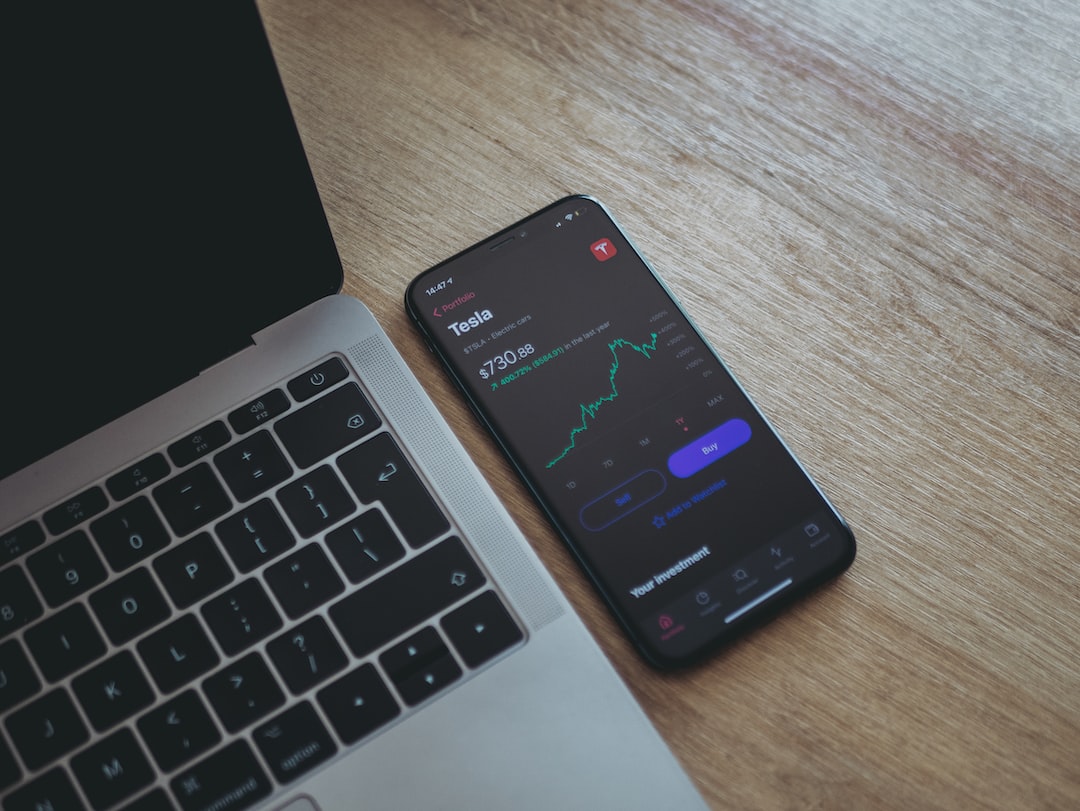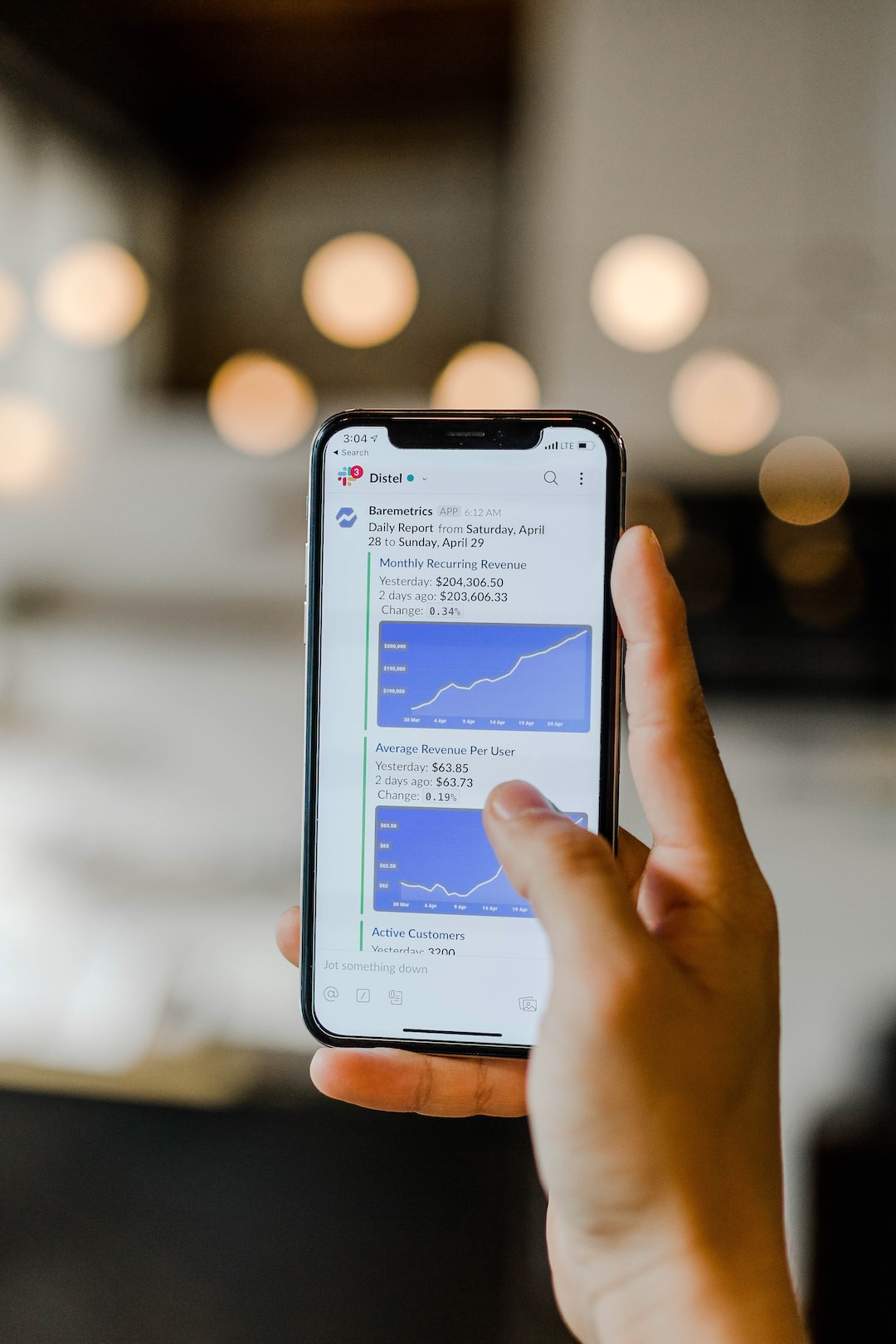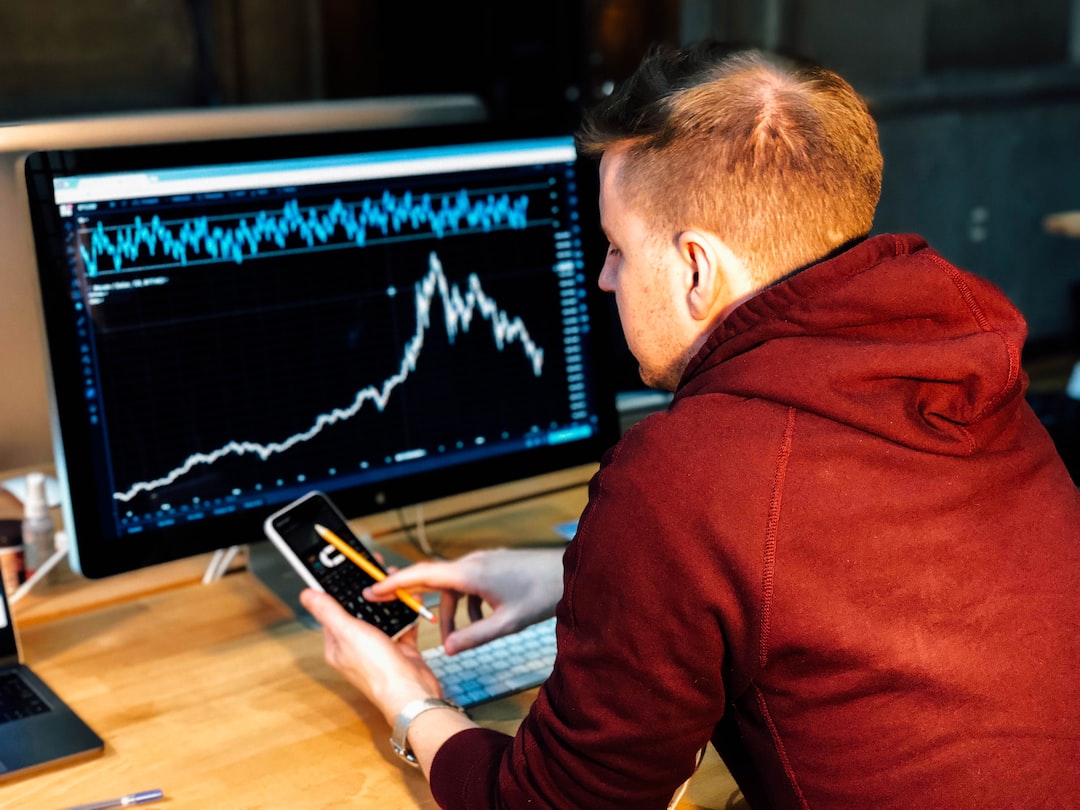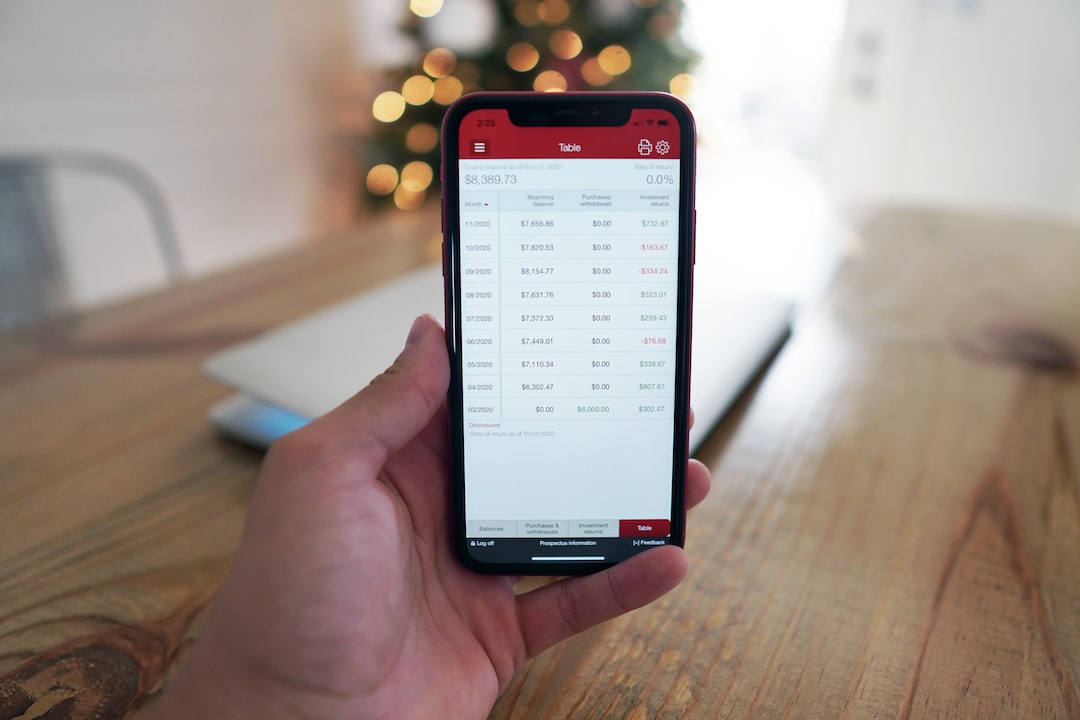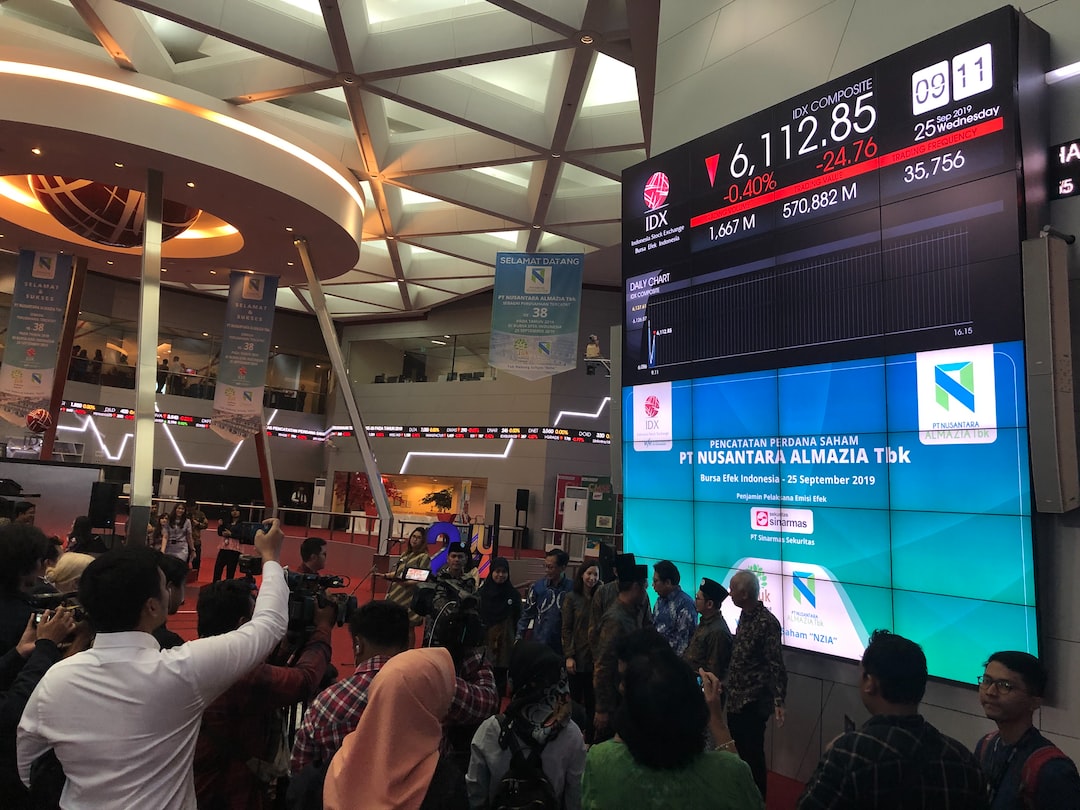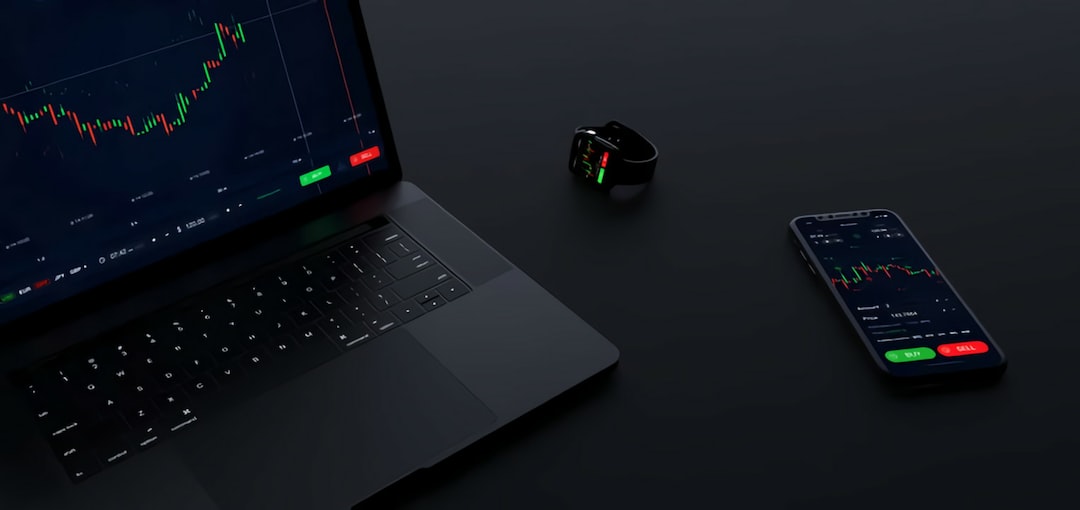Exploring the Significance of Commitment of Traders Forex Data for Successful Trading
In the world of forex trading, information is power. Traders are constantly seeking any advantage they can find to make more informed decisions and increase their chances of success. One valuable tool that can provide valuable insights into market sentiment and potential price movements is the Commitment of Traders (COT) report.
The COT report is a weekly publication released by the Commodity Futures Trading Commission (CFTC) in the United States. It provides a breakdown of the positions held by various market participants, such as commercial hedgers, large speculators, and small speculators, in the futures markets.
While the COT report covers a wide range of commodities, it is particularly relevant to forex traders as it includes data on major currency pairs such as the EUR/USD, GBP/USD, and USD/JPY. By analyzing this data, traders can gain insights into the overall sentiment of market participants and make more informed decisions.
One of the key elements of the COT report is the net positions held by different types of traders. Commercial hedgers, who are typically businesses involved in the production or consumption of the underlying commodity, tend to have a more conservative approach and use futures contracts to hedge their positions. Large speculators, on the other hand, are often institutional investors or hedge funds looking to profit from price movements.
By comparing the net positions of these two groups, traders can gauge the overall sentiment of the market. If commercial hedgers are net short, it suggests they have a negative outlook on the currency pair, while large speculators being net long indicates a more bullish sentiment. This information can be used to confirm or challenge a trader’s own analysis and help them make more accurate predictions.
Another important aspect of the COT report is the changes in positions from the previous week. By monitoring these changes, traders can identify potential turning points in the market. For example, if commercial hedgers significantly increase their net long positions, it could be a sign of an impending bullish trend. Conversely, a large increase in net short positions by large speculators could indicate a bearish market reversal.
It’s important to note that the COT report should not be used as a standalone indicator for trading decisions. It is just one tool among many that traders can use to gain a more comprehensive understanding of market dynamics. It is always advisable to combine COT data with other technical and fundamental analysis techniques to make well-informed trading decisions.
In addition to the COT report, traders can also benefit from studying the disaggregated COT report. This report breaks down the positions held by different types of traders within each category, providing even more detailed insights into market sentiment. By examining the positions of different types of traders within the large speculator category, for example, traders can identify potential market reversals based on the actions of different market participants.
To access the COT report, traders can visit the CFTC’s website or various financial news websites that publish the report on a regular basis. There are also several commercial services that provide more in-depth analysis and interpretation of the COT data.
In conclusion, the Commitment of Traders (COT) report is a valuable tool for forex traders seeking to gain insights into market sentiment and potential price movements. By analyzing the positions held by different types of traders, traders can make more informed decisions and increase their chances of success. However, it is important to use the COT report in conjunction with other analysis techniques and not rely solely on it for trading decisions.





